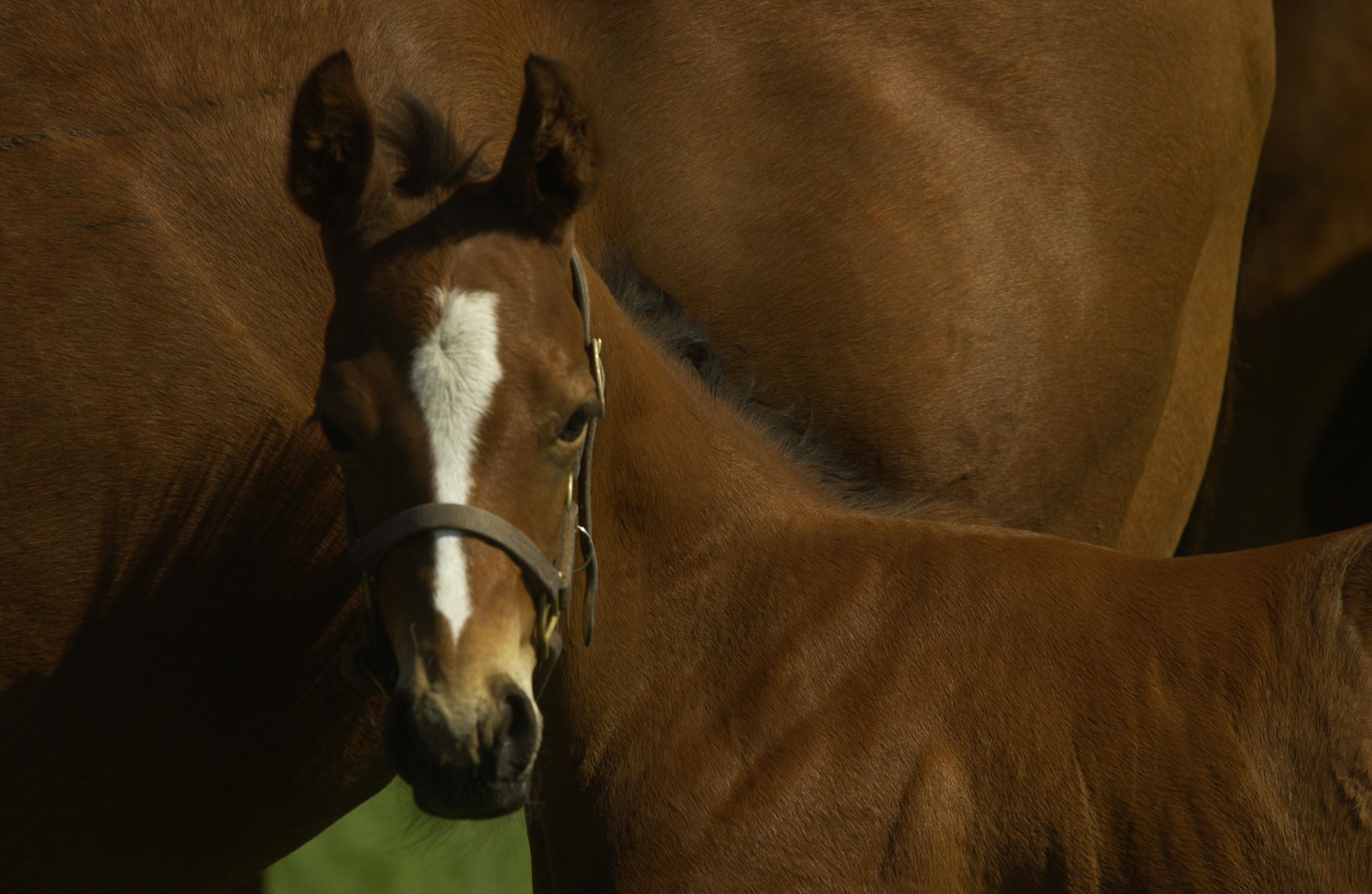UK Equine Research Showcase Recap: Update on 2020 Nocardioform Placentitis

The University of Kentucky hosted the fourth and final session of its Equine Research Showcase Feb. 9. Presenting sponsors included BET, Kentucky Performance Products, McCauley’s, Merck, Rood & Riddle Equine Hospital and Tribute Equine Nutrition. The session included several 10-minute mini presentations about hot topics in the area of equine research.
Barry Ball, DVM, PhD, Dipl. ACT, Albert G Clay Endowed Chair in Equine Reproduction at the Gluck Equine Research Center, presented an update about his research on Nocardioform Placentitis.
“It’s not a new problem by any stretch, it is one that we have been dealing with episodically for over 30 years now in Central Kentucky,” he said. “It is a relatively long known problem, but still a relatively poorly understood disease.”
Nocardioform Placentitis was first diagnosed in Kentucky in 1986, with sporadic outbreaks since then. It has been reported in several other continents as well.
The disease is associated with gram-positive branching actinomycetes, which are soil-borne microorganisms.
According to Ball, late gestation, in months 10 or 11, is where the majority of lesions are seen. Abortions are often seen in the last trimester as well. This is characterized as a quiet inflammation of the placenta, without infection of the fetus. This makes Nocardioform Placentitis distinct from other forms of placentitis, where fetal infection and neonatal sepsis is common.
“The major problem we have with this disease is one of placental insufficiency. Enough of the placenta is damaged eventually that it interferes with the exchange across the placenta as far as nutrients, waste and oxygen for the fetus and we get stunted growth of the fetus.”
There is a significant correlation between this disease and the weather the preceding August and September. When the previous autumn is warm and dry, like it was in 2019, there is a higher incidence of Nocardioform Placentitis.
Nocardioform Placentitis typically presents as a single abnormal area covered in a mucoid exudate. The disease is characterized by a distinct location at the base of the uterine horn, near its junction to the body of the uterus, whereas the location of ascending bacterial placentitis occurs near the cervical end of the placenta.
“Diagnosing these can be quite challenging. We have grown accustomed to measuring the combined thickness of the uterus and placenta with transrectal ultrasound; that’s a fairly good technique for picking up ascending bacterial placentitis, but relatively few of the Nocardioform Placentitis cases will present with lesions in that area because it is further forward in the uterus, usually along the ventral body wall,” Ball said.
Mares with Nocardioform Placentitis may show early clinical signs such as premature mammary lactation or lack of vulvar discharge.
Data from the 2020 Nocardioform Placentitis outbreak shows that mares with the disease have a shorter gestational period. Foals born from affected mares were smaller with a greater chance of mortality. Larger lesions generally correlate with smaller foal size and an increased likelihood of foal mortality. Fortunately, mares with the disease do not show a reduction in fertility in subsequent breeding seasons.
Although many details of the pathogenesis of Nocardioform Placentitis remain unknown, research through the Gluck Equine Research Center continues. More information can be found at https://gluck.ca.uky.edu/nocardioform-sept2020.
Sydney Carter, a junior majoring in equine science and management and minoring in journalism, is a communications and student relations intern with UK Ag Equine Programs.
